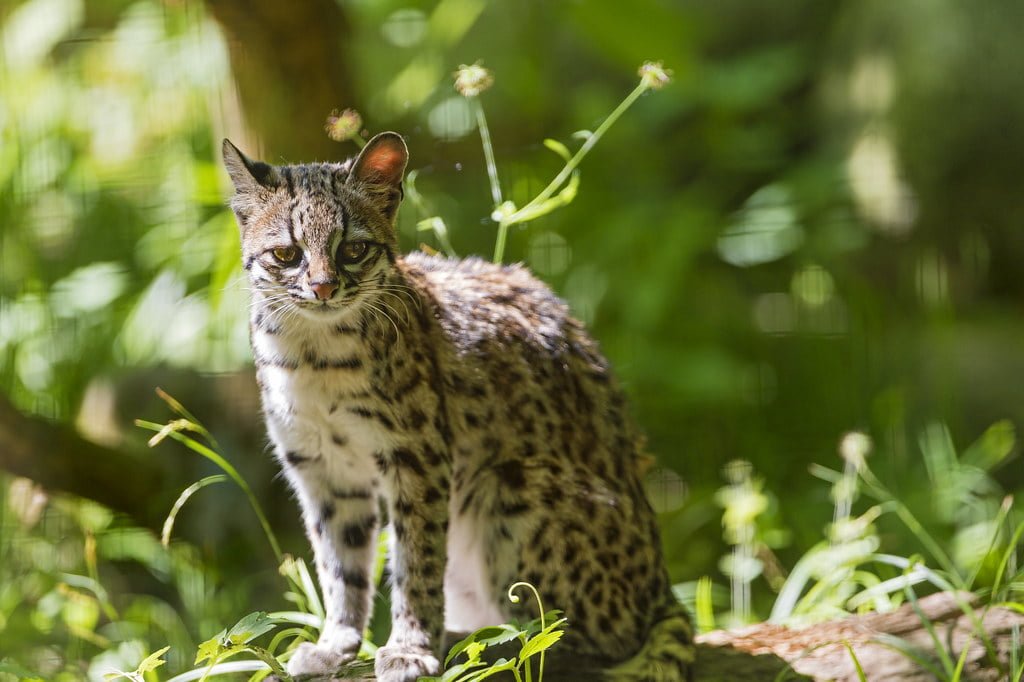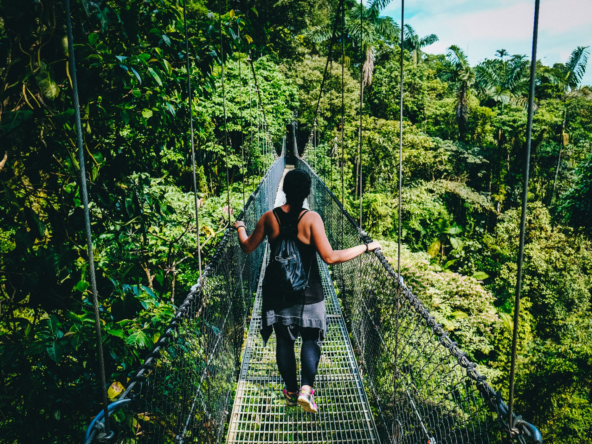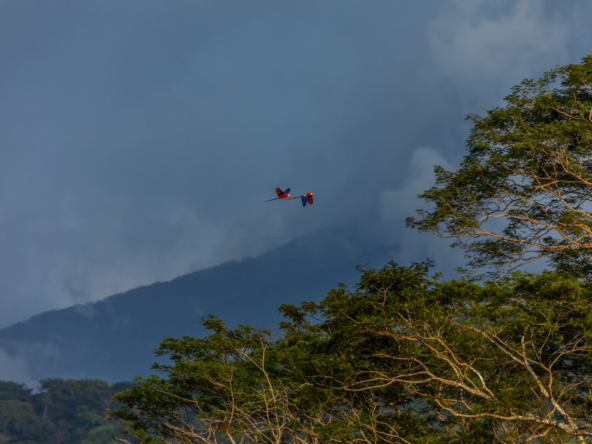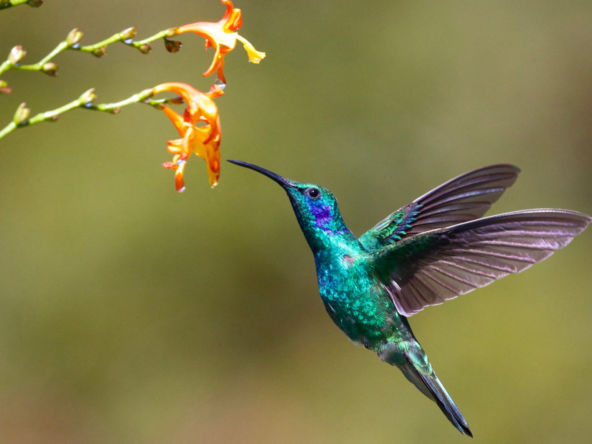When you think about Costa Rica and its wildlife, most of the tourists think about the colorful Mariposarios (Butterfly Houses) or worldwide known bird watching; but there is another species of animal that deserves to be known: the wildcats of Costa Rica.
I don’t know about you, but the idea of a tiny country, measuring 51.100 km2 including Coco Island (12.755 km2 smaller than West Virginia), hosting 6 species of wildcats, it’s amazing!
From the Jaguar, national symbol of the country, to the strange Jaguarundi, passing trough the well known Puma, let’s talk about kitties!
 JAGUAR
JAGUAR
The jaguar is the best known of the wildcats of Costa Rica; it is so well known that it’s considered a national symbol. They are diurnal, which means that they are most active during dusk and dawn. Jaguars are the rarest and largest wildcat inhabiting the country. Shout out to the efforts of Costa Rica for conserving them since, as of today, there are only 15000 animals worldwide.
PUMA
Also known as Mountain Lion, it’s smaller than the Jaguar. Since its “cousin” is bigger and much more aggressive, Pumas tend to avoid having any type of contact and establish their territory far away. They have a bad reputation of being dangerous to humans even though just 40 cases have been registered during the last 100 years. Now, if you do happen to spot a Puma you may have just realized that you actually don’t want to see one!
OCELOT
It can be found in any wood throughout the country and it’s the third “big” cat (30-40 inches long). Its main characteristic is the big paws which earned it the Spanish name “Manigordo” (from manos gordas which means fat hands). In the past, they have been literally persecuted for their fur. Luckily now that the fur commerce is forbidden, the ocelots can finally go back to only worrying about how to catch small rodents and amphibians.
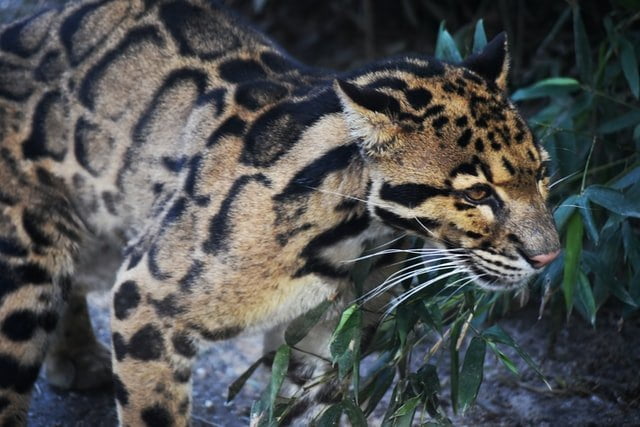
JAGUARUNDI
Probably the oddest of this list. Even though it’s the same species as the Puma, due to its long body and short paws, it’s more similar to a weasel. It usually lives near rivers and it is very territorial. Unfortunately, deforestation has put this species into risk. It’s the only national felin that is active during the day and it’s well adapted to the human environment so that there’s a concrete possibility that you might detect it during one of your trips!
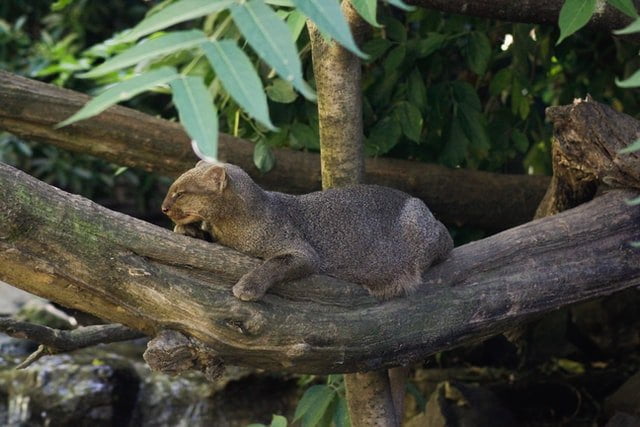
MARGAY
The Margay is similar to the Ocelot for its fur but it’s almost the size of a domestic cat. Unlike his bigger cousin, Margays can easily spend their entire lives in trees, hunting monkeys, and any other animal living in the canopy. Speaking of hunting, this lil’ buddy employs an unusual and smart technique by imitating the vocalizations of its prey. Unfortunately, due to deforestation, Margays are in danger of extinction as well and they struggle very hard to survive in disturbed areas that show signs of habitat loss.
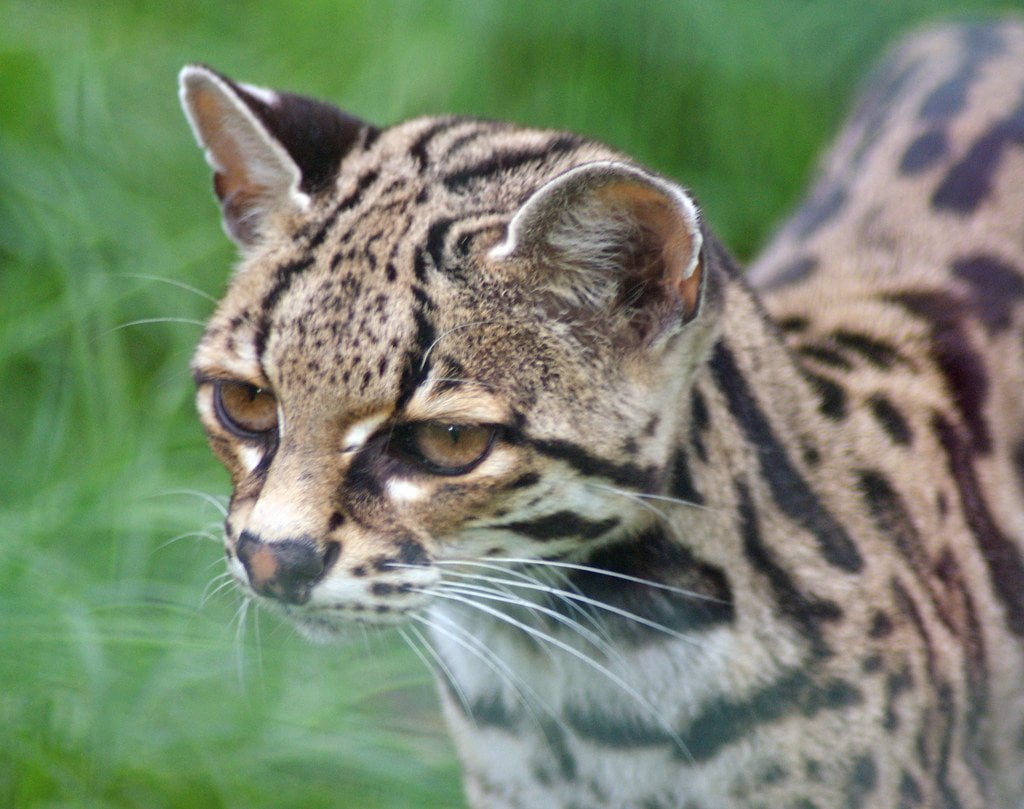
ONCILLA
Also known as Tigrillo, it is the smallest Costa Rican wildcat. It lives mainly at high elevations, in mountainous forests, and on the flanks of volcanoes. It is very shy and lonely and because its tracks are almost identical to those of a domestic cat, it can sneak up on its prey without being detected by people living in the field.
